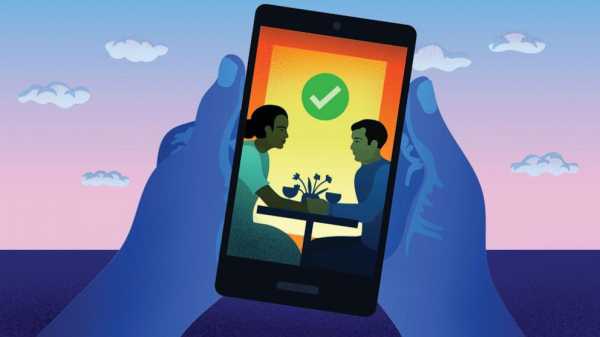
When OpenTable CEO Debby Soo joined the restaurant reservation company in 2020, the industry was struggling through the pandemic.
“It was all hands on deck and ‘How do we help restaurants keep afloat?’” she said. “It was a very intense period, but it was also a very clear period. That was what the whole company was focused on doing.”
These days, she is focused on growing the 25-year-old company, which was acquired by Amsterdam-based Booking Holdings in 2014. OpenTable manages reservations for 55,000 restaurants worldwide and seats more than 1 billion diners per year.
In 2021, OpenTable launched “Experiences,” which lets diners book special offerings like wine tastings or cooking classes. Last year, it partnered with inline, a Taiwan-based restaurant software provider, to expand its presence in Asia. And in March it joined with ChatGPT to give automated restaurant recommendations to the chatbot’s users.
Soo spoke to The Associated Press recently about OpenTable and the restaurant industry. Her answers have been edited for length and clarity.
What are some dining trends that have changed since the pandemic?
There was this surge of early dinner dining during the pandemic that has largely carried out even after the pandemic. That 5 p.m. or 6 p.m. slot is quite popular, whereas before the 7 p.m. slot was really the most coveted. I think there’s something at play here with work and working in an office. Before it was Monday through Friday, you were in the office, you would leave at 5:30. Now maybe maybe you’re fully remote and you’ve been in your apartment or your house for a whole day and you can’t wait for the opportunity to get dressed to go out. We’re also seeing diner behavior shift to online, meaning when you’re thinking of dining out, instead of walking in or phoning, you’re going online and trying to book a reservation that way.
What about dining has stayed constant?
A. Even after the pandemic, when dining demand has largely returned, it’s still really hard to do what restaurateurs do. Labor shortages, supply chain disruptions, the economic uncertainty. It’s very hard to run a restaurant. And I don’t think that’s something that has changed.
How will OpenTable continue to grow?
There are a couple levers we can pull. One is international expansion. The inline partnership is a good example. They are a table management system; we’ve partnered with them to create a consumer layer, so Taiwan has full access to our diner app and you can book directly on OpenTable with inline restaurants. So that’s one way. Another way is to go in with sales people, sign up restaurants and build the diner demand. We can also go into different segments of the market. OpenTable right now is primarily for restaurants that take reservations. Could there be a day when we went into restaurants who have waitlist only? To be honest, as the CEO, I feel really bullish about all of those opportunities.
Restaurants have to integrate an increasing amount of technology. Do you get any pushback from them?
Any given restaurant contends with about 12 to 15 pieces of discrete software or technology. The various takeout apps and delivery apps, their point of sale, their front of house reservation system, payroll, inventory management. The list can go on. We generally don’t hear restaurants pushing back. We help them run their front-of-house operations much more efficiently. We do everything in our power to make sure that we’re connecting with different pieces of software and make it as easy as we can for our restaurant partners.
You came to OpenTable from the travel site Kayak. How did you manage the transition to a completely different industry?
There was definitely a pretty steep learning curve. We have so many people at the company who come from hospitality, who have worked in restaurants their whole lives, who have a deep passion for the industry. And so anything I didn’t know was very quickly and easily answered by the folks I worked with. It’s a very different, more complex business. My partners used to be United Airlines and Delta, and there weren’t many of them. Here restaurants are my partners, and we have 55,000 of them. But I would say the one thing that wasn’t hard to learn was that ethos that the hospitality industry has. My parents own a small business, so when you see what restaurateurs are doing, they’re contending with what small business owners and entrepreneurs deal with all the time. And so in that way, it’s really inspiring for me because we’re helping those types of businesses thrive.
Sourse: abcnews.go.com






